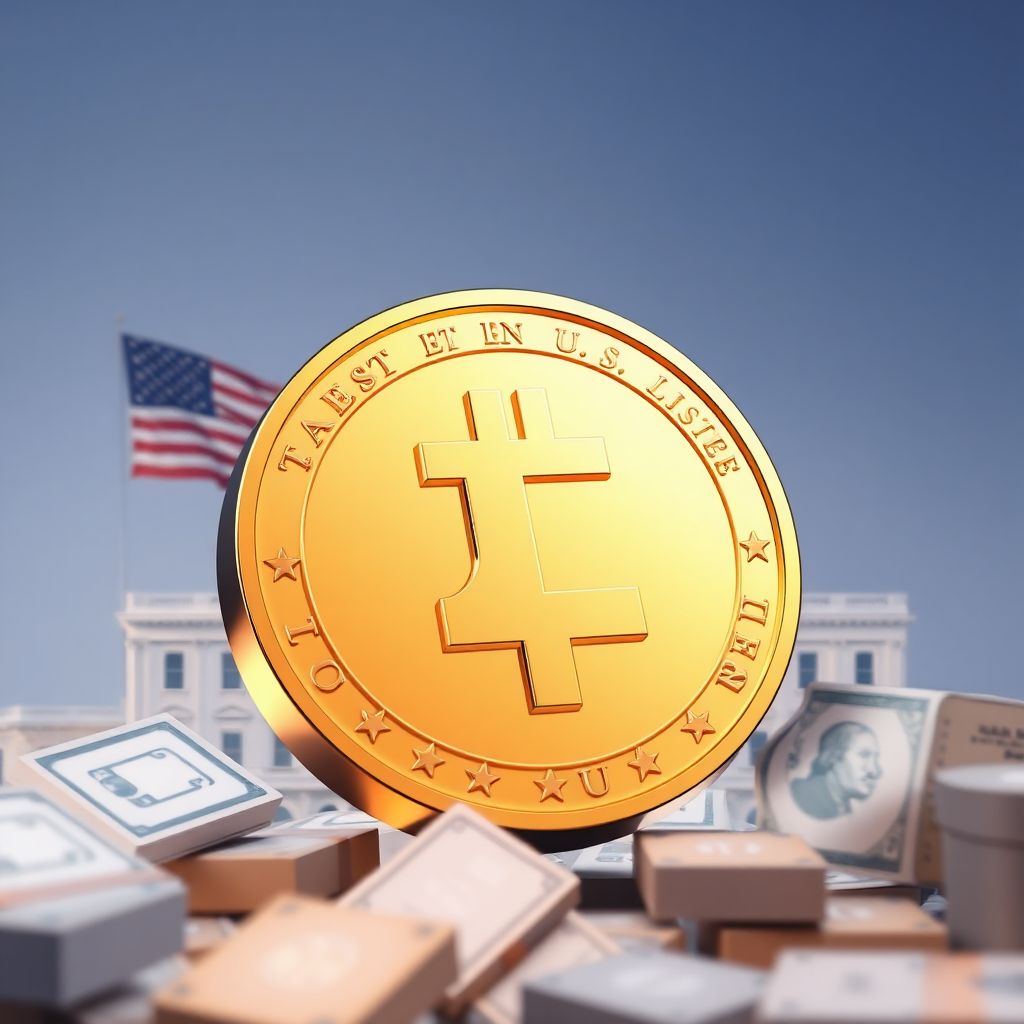Tether has significantly solidified its role in global finance by amassing an astonishing $135 billion in U.S. Treasury holdings, positioning itself as the 17th largest foreign holder of U.S. debt. This immense volume surpasses even that of South Korea and brings Tether within reach of nations like Brazil in terms of U.S. debt exposure. Such a move underscores the growing influence of stablecoins in traditional financial markets, particularly in the sphere of short-term government securities.
The shift comes amid a changing regulatory landscape, largely influenced by the recent enactment of the GENIUS Act. Signed into law by President Donald Trump, the legislation introduces a structured framework for the issuance and operation of compliant stablecoins within the United States. In direct response, Tether launched USA₮—a new dollar-backed token engineered to comply with the updated U.S. requirements. This proactive step not only aligns Tether with regulatory expectations but also signals its readiness to remain a dominant player in a transforming financial ecosystem.
Despite Tether’s continued lead, the stablecoin arena is becoming increasingly competitive. Circle’s USDC is rapidly gaining momentum, particularly in transaction volumes and institutional adoption. In October, USDC processed approximately $669.15 billion in transactions, edging ahead of USDT’s $607.98 billion for the same period. While USDT still maintains a broader market share, the transactional leadership of USDC highlights a shift in user preferences, especially within the institutional and payment sectors.
Visa’s on-chain analytics echo this trend, reporting that stablecoins facilitated a staggering $6.4 trillion in transfers over just 30 days. This massive transaction volume underscores the mainstreaming of stablecoins as tools for real-world commerce and finance rather than just crypto-native trades.
Tether isn’t stopping at financial products. The company is diversifying its portfolio with ventures beyond stablecoins. Its technology arm, Tether Data, recently unveiled QVAC Genesis I—a synthetic dataset comprising 41 billion tokens crafted for training AI models focused on science and engineering disciplines. Complementing this, Tether introduced QVAC Workbench, a platform that enables users to run AI models locally on their own hardware. These moves signal a strategic pivot into the AI and data services sector, potentially opening new revenue streams and use cases.
Still, questions around transparency and reserve composition persist. While USDC boasts full liquidity and reserves managed by financial giant BlackRock, USDT’s backing includes a mixture of U.S. Treasuries, Bitcoin, and commodities. This blend has raised concerns among some market participants. However, the October 10 flash de-peg event offered a different perspective: during the brief volatility, USDT traded slightly above its $1 peg, while USDC dipped below. This incident suggested that market confidence and real-world performance may carry as much weight as reserve transparency when it comes to trust in stablecoins.
As of August 2025, USDT retained a commanding 79% share of the stablecoin market. Nevertheless, its grip is slowly loosening as competitors like USDC continue to innovate and expand. Circle’s focus on transparency, regulatory compliance, and institutional partnerships is clearly paying off, making it a formidable challenger in the race to define the future of digital dollars.
Stablecoins are no longer confined to the crypto world. Governments, financial institutions, and tech firms are closely watching their evolution. Japan’s JPYC, for instance, is scaling operations to meet global demand, while international banks explore stablecoin integrations for cross-border settlements. As geopolitical tensions and inflation concerns drive demand for dollar-denominated assets, the utility of stablecoins as portable, digital representations of fiat currencies is becoming increasingly valuable across both emerging and developed economies.
Tether’s massive Treasury holdings also raise broader questions about systemic risk. As stablecoins grow more entwined with traditional finance, their role in global liquidity management could have far-reaching implications. A sudden shift in stablecoin flows—triggered by regulatory changes, market panic, or technical glitches—could potentially affect short-term funding markets and sovereign debt dynamics.
Moreover, the rise of stablecoins is forcing central banks to rethink their monetary strategies. With private entities like Tether and Circle managing tens of billions in quasi-digital dollars, the pressure is mounting for central banks to accelerate their own digital currency initiatives. Central Bank Digital Currencies (CBDCs) are being tested worldwide, but private stablecoins, due to their agility and market integration, are currently leading the digital currency race.
Looking ahead, Tether’s strategy seems focused on both consolidation and expansion. By strengthening its Treasury-backed reserves, launching regulation-compliant tokens, and venturing into artificial intelligence, Tether is positioning itself as more than just a stablecoin issuer—it’s evolving into a diversified fintech powerhouse. Whether it can maintain its dominance in the face of growing competition and stricter oversight remains to be seen, but its current trajectory suggests a company deeply attuned to both the risks and opportunities of the next financial era.

